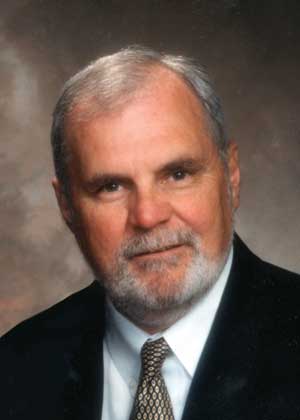June 2008
Featured
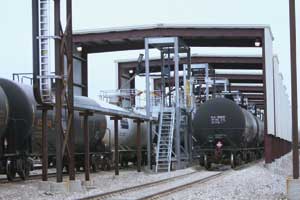
Riding the Rails
By Kris Bevill / Photos by Arian Schuessler
Railways are essential to an ethanol producer's business. Ships are a viable option for only a small number of facilities and trucks can't handle all of the volume. So rail it is. As the ethanol industry expands, so must the railroad's capability to handle this commodity.

Compliance With Compassion
By Sarah Smith
A surprise visit from the ethanol compliance inspector doesn't have to be an adversarial event. A Minnesota woman is trying to make her regulatory work educational, proactive and fine-free—wherever possible. Her simple advice is to know your permit's inclusions and limitations, keep your records organized and up-to-date, and appoint a point person responsible for your plant's compliance. And, if your plant receives a warning letter, act quickly, cooperate with regulatory authorities and take immediate corrective measures. A lapse in compliance doesn't have to escalate into a fine.
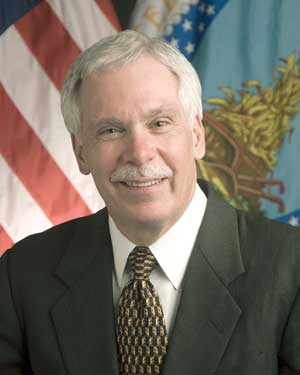
The New Kid on the USDA Block
By Kris Bevill
U.S. Secretary of Agriculture Ed Schafer is optimistic about the Farm Bill and the support it will provide for biofuels. Shortly after he was appointed, the former North Dakota governor talked to EPM about his new role and the Farm Bill negotiations.
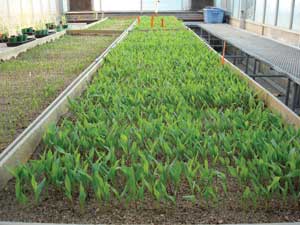
The Genetics of Ethanol Production
By Jessica Ebert
Two recently released genome studies are expected to provide answers to how to bolster the production of ethanol from corn and biomass.
The Other Factors
By Tom Bryan
As the media pegs corn ethanol as a principal driver of high food prices and escalating world hunger, are more powerful causes being overlooked?
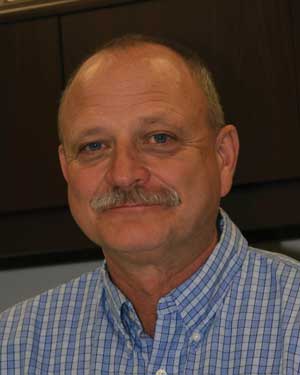
Microwavable Distillers Grains
By Bryan Sims / Photos By Doug Wollin
Winnebago, Minn.-based Corn Plus LLLP is interested in an innovative distillers grains microwave drying technology that could bring the facility one step closer to becoming energy independent.
Solid Fuel and Fly-Ash Control
By Ron Kotrba
Plants intending to swap their natural gas boilers for those capable of combusting solid fuels must consider which fly-ash abatement technology will best meet their needs at the right price.

Commercial Biorefinery Update
By Ron Kotrba
The clock is ticking on public acceptance of ethanol as the United States' corn-based industry is under relentless attack. With cellulosic conversion technologies as the ostensible lone saving grace for ethanol, EPM takes a look at what fruits the first-quarter '08 produced.
Up in the Air
By Anduin Kirkbride McElroy
The Energy Independence & Security Act of 2007 was passed in December, and the U.S. EPA is scrambling to meet its December 2008 deadline to issue the rule. Answers to the myriad of questions on the rule's details will have to wait until then.

A Quiet Giant
By Craig A. Johnson / Photos by Mark Tade
Archer Daniels Midland Co. has kept the nameplate capacities of each of its plants a closely guarded secret for many years. After discovering its Cedar Rapids, Iowa, facility could produce as much as 820 MMgy, EPM wondered how such a large plant might impact the industry.
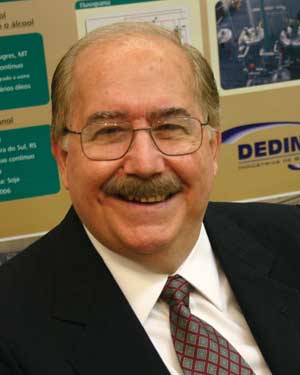
Dedini's Blend: An Ethanol Expert Moves to Biodiesel
By Elizabeth Ewing
Brazil's ethanol icon spreads out, adding biodiesel to its expertise, crossing the border to Colombia and experimenting with acid-wash lignin processing.

The World According to Ethanol
By Marc Hequet
Prospects for ethanol trade over the coming three to five years are probably good. As to the specifics—it's anybody's guess.

Wheat Dreams at Ensus
By Michael Kenward
Its feedstock is a staple, yet backers of the UK's biggest ethanol venture did their sustainability homework and claim little net impact on food.
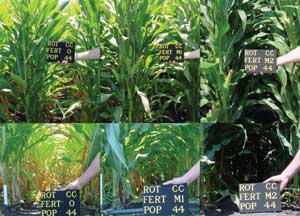
Ecologically Boosting Corn Yields
By Susanne Retka Schill
Nebraska researchers studying intensified corn management systems believe it's possible to increase corn production by 50 percent without using any more land, and at the same time improve its environmental impact.

Biofuels in the Future
By Tom Bryan
Using the world's best farmland to grow biomass for fuel can lead to indirect land-use changes that accelerate global warming and increase competition for food worldwide-but that's only part of the story, said three experts at the International Biomass '08 Conference & Trade Show held in April in Minneapolis.

Solar-Powered Biomass Gasification
By Jessica Ebert
A collaboration of Colorado-based researchers is taking the next step toward the synthesis of carbon-negative biofuels.

The Power of Association
By Ron Kotrba
Influential forces work quietly behind the scenes on Capitol Hill in favor of biomass power producers. These forces-organized people with an important message-are not often sensationalized in the newspapers, but their work is important and lawmakers know who they are.

Pledging Allegiance to Renewable Energy
By Jerry W. Kram
Representatives from around the world came to Washington, D.C., to pledge their support for promoting and developing renewable energy sources. As part of the Washington International Renewable Energy Conference 2008, attendees committed their nations, organizations and businesses to make significant gains in supporting renewable energy. Many of these pledges are aimed at growing the role of biomass in the world's energy supply.
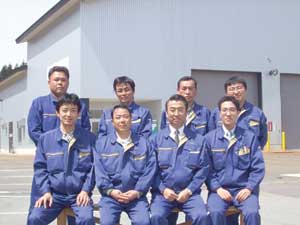
Blending Aesthetics & ENERGY
By Eric Kroh
Japan's gorgeous cultural emblem has taken on a new level of meaning. It will help the resource-poor island nation generate more of its own energy.
Seeking Cyanobacterial Cellulose
By Jerry W. Kram
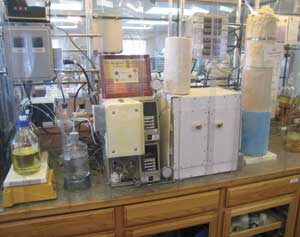
A Column of Support
By Jerry W. Kram
What started as a student research project at Augsburg College may become a major change in the biodiesel industry. A team of scientists and engineers have turned a tool for purifying and separating chemicals into a six-second process for turning the poorest quality vegetable oil into biodiesel. The first commercial-scale plant using the process should come on line this year.
The Tangled Web: Pipelines, Jets and Biodiesel
By Ron Kotrba
The mere mention of moving biodiesel through pipelines brings so many related aspects into question that Biodiesel Magazine decided it was time to address the totality of these interrelated concerns.

Multidimensional Moringa
By Susanne Retka Schill
The oil from the Moringa tree is considered to be a more sustainable biodiesel feedstock than jatropha oil by those who argue that sustainability is better served by feedstocks that can yield both food and fuel.
As relative newcomers to the industrial world, biodiesel producers, who are generally regarded as environmentally friendly, need to be good neighbors when it comes to properly disposing of byproducts. Although the scientific and regulatory communities have yet to agree on the toxicity of biodiesel byproducts, the industry should be prepared as the regulatory framework for the fledgling industry materializes.
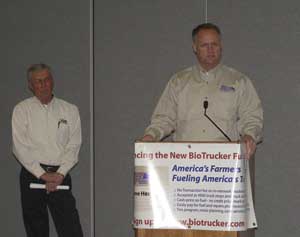
Card-Carrying Biotruckers
By Timothy Charles Holmseth
A new breed of truckers is emerging among the ranks of the transportation industry and their numbers are increasing up and down the lanes of U.S. highways. The biotrucker has arrived. Although the moniker may sound like some kind of futuristic fictional character from another planet, these men and women are red-blooded Americans.

Biodiesel's Female Factor
By Kris Bevill
In an industry born from grease, oil and animal fat, men have traditionally led the opening and operating of biodiesel plants. In Tennessee, however, one woman is determined to make a difference for her children and the world by creating biodiesel communities.

Taxing time for European biodiesel
By Jon Evans
Can a thriving industry collapse because of tax policy? That appears to be happening in Germany and perhaps elsewhere. If true-what does it mean for biodiesel worldwide?
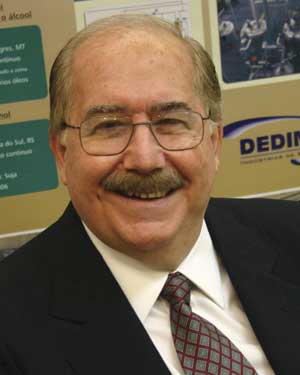
Dedini's Blend: Ethanol Moves in With Biodiesel
By Elizabeth Ewing
Co-locating biodiesel and ethanol plants provides economies for both and helps a global ethanol leader meet biodiesel mandates.

A Closer Look at Sliding Vane Pump Technology
By Tom Stone
Green Star reports Phase III algae results
By Jerry W. Kram
Contributions
Patent Policy and Sustainable Cellulosic Biofuels Development
Global Warming Intensity: An Opportunity and a Threat
By Tyler J. Krutzfeldt

Managing Lenders' Expectations: Strategies to Survive Loan Default
By Todd Alexander and N. Theodore Zink Jr.
Closing the Distribution Infrastructure Gap
By Thomas Young
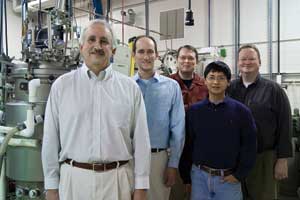
Developing Yeast Strains for Biomass-to-Ethanol Production
By Ronald Hector, Stephen Hughes and Xin Liang-Li
Assessing the Impact of Mexico's Biofuels Law
By Raul Felix


















